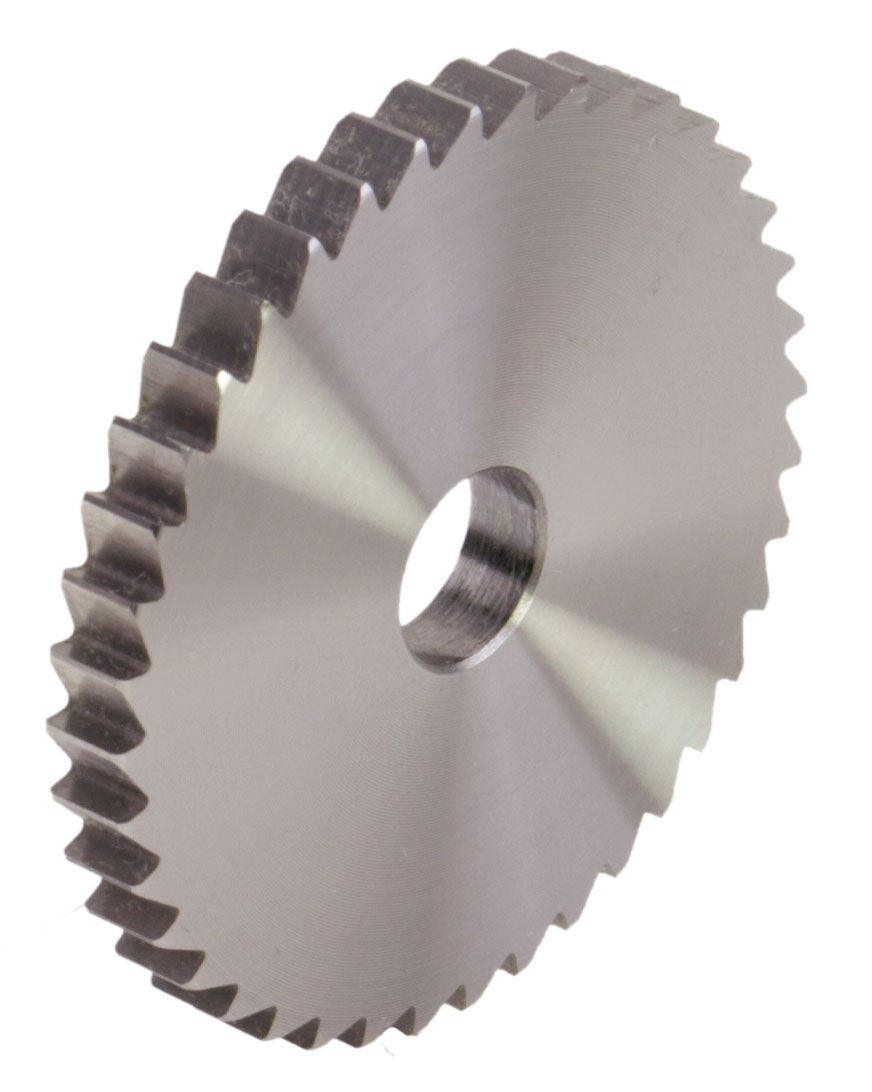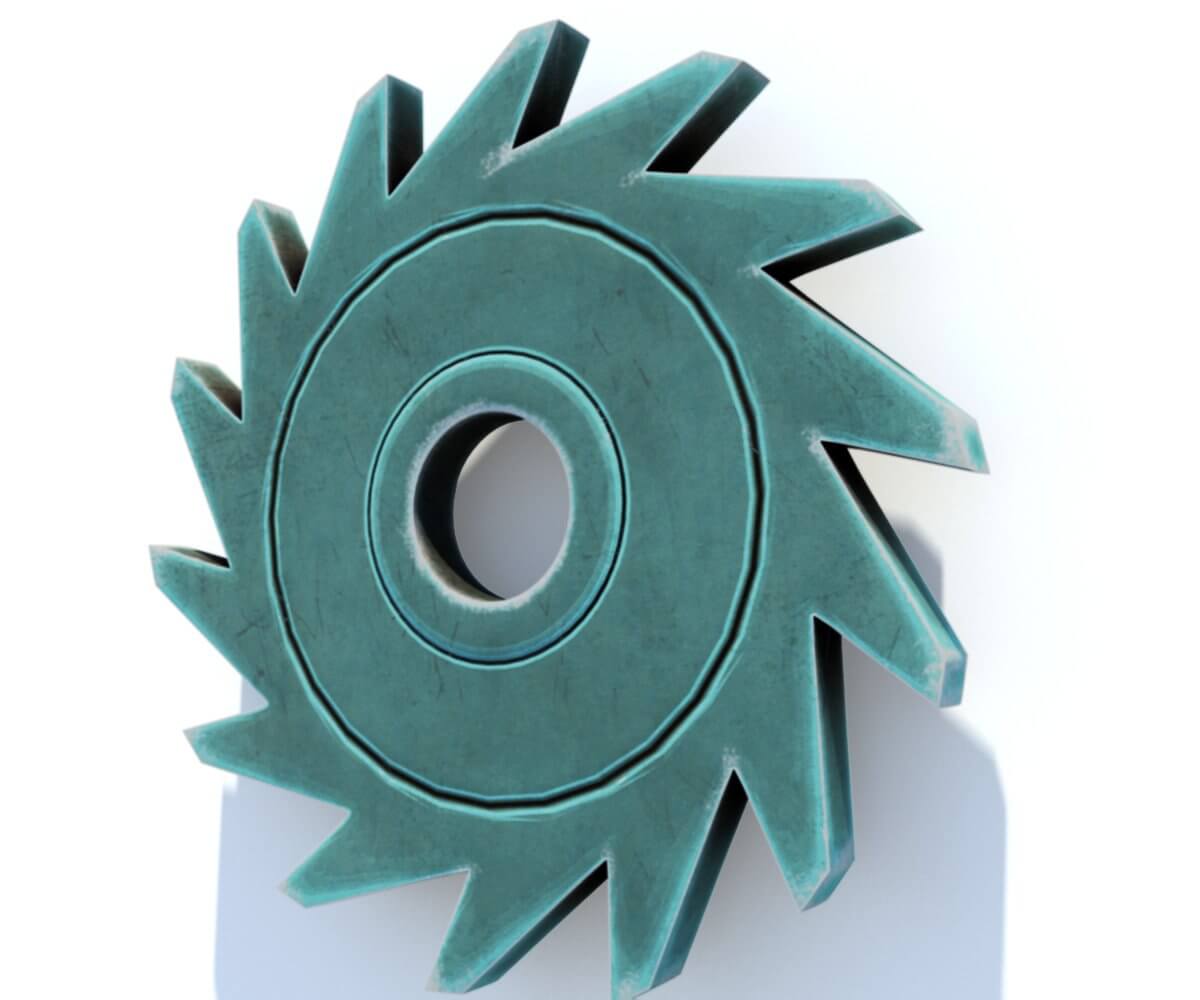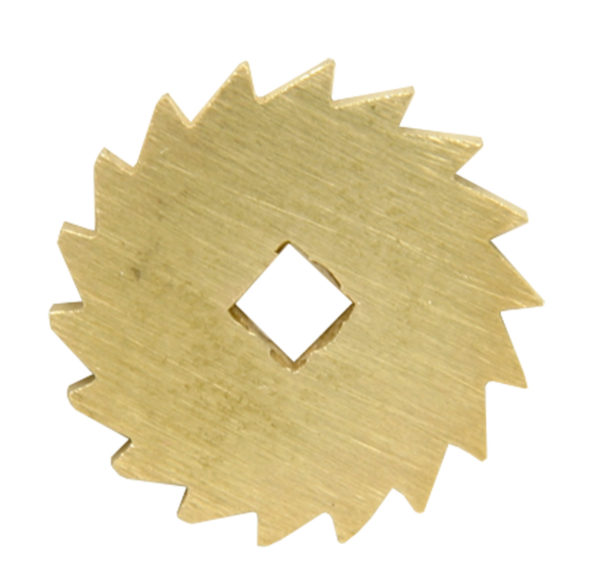Product Description
XinRiSheng Carrier conveyor rollers are used to support and shape the conveyor belt. Conveyor carrier rollers can be fitted to the load side of the belt in: trough, tracking and transition frames, or fitted to the return side of the belt.
| Diameter | Φ89, Φ102, Φφ108, Φ114, Φ127, Φ133, Φ139, Φ152, Φ159, Φ165, Φ194 |
| Length | 145mm-2800mm |
| Shaft | A3 and 45# steel |
| Shell | Q235(GB), Q345(GB), welded with DIN2394 standed |
| Bearing | 6204/6205/6305/6206/6306/6307/6308/6309/6310 |
| Working Life | More than 30000hours |
| Advantages | Low resistance, waterproof, dustproof etc. |
XinRiSheng Brand Conveyor features:
1. XinRiSheng in desiging conveyor rollers combines the requirements of high quality and labyrinth seal.
2.Roller Shell : consist of a selection steel tube,machined at either to strict tolerance.
3.Bearing house : Formed from strip deep pressed and calibrated to ISO M7.this tolerance allowing a perfect match between the bearing and the relevant parts on the sealing.
4. The roller shell and the 2 bearing housings are welded together in an way that forms a monolithic structure of exceptional strength. This method guarantees the maximum precision and the minimum out of balance forces in the rollers.
5. Seal : XinRiSheng Triple Labyrinth Seal design is grease filled and offers an additional level of protection from contaminants impacting the bearing CEMA C, D and E Idlers have sealed for life ball bearings.
6.Wide range of working temperatures from 0º C to 100º C.
7.Final Testing: Dimension,surface, Radial circular runout,Rotational resistance,Axial load,Water immersion seal,Axial displacement,Drop test.
XinRiSheng Brand Conveyor Rollers Production Process:
XinRiSheng Brand Conveyor Roller Advantage:
- Triple Labyrinth Seal
- Sealed for life ball bearings
- Extremely low rolling resistance
- CEMA C & D standard product line
- Idler end welding
- Solid steel shaft
- gauge steel shell/cover
Impact Roller Idlers:
Impact rollers are used as carrying rollers instead of normal steel rollers at a loading point. On steel roller there are rubber rings assembled, side by side, to absorb the weight and impact of material falling CHINAMFG the belt. At the same time impact rollers reduce the shock and vibration through the steel structure.
Specification of Impact Conveyor Roller Idlers:
| Diameter(mm) | Shaft Diameter | Bearing Part No. | Min Bearing Dynamic Loading Pating(N) |
| 127mm | 25mm | 6205 | 14000N |
| 133mm | 25mm | 6205 | 14000N |
| 152mm | 25mm | 6205 | 14000N |
| 159mm | 25mm | 6205 | 14000N |
| 127mm | 25mm | 6305 | 22500N |
| 133mm | 25mm | 6305 | 22500 |
| 152mm | 25mm | 6305 | 22500N |
| 159mm | 25mm | 6305 | 22500N |
| 152mm | 30mm | 6306 | 28100N |
| 178mm | 30mm | 6306 | 28100N |
| 178mm | 35mm | 6307 | 33200N |
| 203mm | 35mm | 6307 | 33200N |
| 178mm | 40mm | 6308 | 41000N |
| 203mm | 40mm | 6308 | 41000N |
| 203mm | 45mm | 6309 | 52700N |
| 203mm | 50mm | 6310 | 61800N |
| 250mm | 60mm | 6312 | 81900N |
Steel Spiral Return Roller Idler
The steel spiral return idler are used as support for the return side of belt. Used where sticky, corrosive, or CHINAMFG materials are present. Not only cleans itself, but keeps the belt cleans and double spiral configuration minimizes belt training problems such as misalignment.
Specification of steel spiral rubber idler:
| Diameter | Length | Bearing Model | Shaft Diameter |
| 89mm | 950mm | 6204 | 20mm |
| 108mm | 950mm | 6205 | 25mm |
| 108mm | 1150mm | 6205 | 25mm |
| 108mm | 1400mm | 6205 | 25mm |
| 108mm | 1600mm | 6205 | 25mm |
| 133mm | 950mm | 6305 | 25mm |
| 133mm | 1150mm | 6305 | 25mm |
| 133mm | 1400mm | 6305 | 25mm |
| 133mm | 1600mm | 6305 | 25mm |
| 159mm | 1150mm | 6306 | 30mm |
| 159mm | 1400mm | 6306 | 30mm |
| 159mm | 1600mm | 6306 | 30mm |
Rubber Disc Return Roller Idler
Disc Return Rollers are used where the material has the potential to collect on the surface of the rollers which could ultimately lead to premature failure. The Ring minimises material build up on the roller shell. To maximise longevity, routine cleaning should still be observed. Rings come in rubber as standard.
| Ring Size(mm) | |
| 76.1mm | 108mm,133mm,159mm |
| 88.9mm | 133mm,150mm,159mm,180mm,270mm,3Tube(mm)30mm |
| 108mm | 159mm,180mm,195mm,219mm |
HDPE roller for mining and aggressive applications.
HDPE contains carbon black increasing ultra violet resistance. Steel and HDPE tube combination provides significantly reduced weight. The bearing housing effectively locks the HDPE tube in position preventing movement along the steel tube.
| Diameter(mm) | Shell Wall(mm) | Nominal Shaft Diameter(mm) | Bearing Part No. | Min Bearing Dynamic Load Rating(N) |
| 127mm | 3.5+6.5 | 20mm | 6204 | 12700N |
| 127mm | 3.5+6.5 | 25mm | 6205 | 14000N |
| 152mm | 4+6.5 | 25mm | 6205 | 22500N |
| 159mm | 4+10 | 25mm | 6205 | 22500N |
| 127mm | 3.5+6.5 | 25mm | 6305 | 22500N |
| 133mm | 3.5+9.5 | 25mm | 6305 | 22500N |
| 152mm | 4+6.5 | 25mm | 6305 | 22500N |
| 159mm | 4+10 | 25mm | 6305 | 22500N |
| 127mm | 3.5+6.5 | 30mm | 6306 | 28100N |
| 133mm | 3.5+9.5 | 30mm | 6306 | 28100N |
| 152mm | 4+6.5 | 30mm | 6306 | 28100N |
| 159mm | 4+10 | 30mm | 6306 | 28100N |
| 178mm | 4+6.5 | 30mm | 6306 | 28100N |
| 152mm | 6+6.5 | 35mm | 6307 | 33200N |
| 159mm | 6+10 | 35mm | 6307 | 33200N |
| 178mm | 6+6.5 | 35mm | 6307 | 33200N |
| 152mm | 6+6.5 | 40mm | 6308 | 41000N |
| 159mm | 6+10 | 40mm | 6308 | 41000N |
| 178mm | 6+6.5 | 40mm | 6308 | 41000N |
| 193mm | 6+7.5 | 40mm | 6308 | 41000N |
| 219mm | 6+13 | 40mm | 6308 | 41000N |
| 178mm | 6+6.5 | 45mm | 6309 | 52700N |
| 193mm | 6+7.5 | 45mm | 6309 | 52700N |
| 193mm | 6+7.5 | 45mm | 6309 | 52700N |
| 193mm | 6+7.5 | 50mm | 6310 | 61800N |
Self Aligning Training Roller Idelers:
The Friction self aligning conveyor roller is used to adjust the belt deviation. Friction friction self-adjusting conveyor roller has great ability to protect conveyor belt from damage and running offline.
Friction self -aligning conveyor rollers specifications:
| Diameter(mm) | 89.7-193.7mm |
| Length(mm) | 500-1400(Total Length:674-1630) |
| Shell Thickness(mm) | 3.2-4.5 |
| Standard | DIN,CEMA,JIS,AS,SANS-SABS,GOST,AFNOR etc. |
Nylon Rollers and Idlers:
The Nylon Roller Idler is light in weight and easy to install in the air. The nylon wheel has been widely used as a tower crane accessory in various lifting equipment, and gradually replaces the normal metal pulley with its great advantages.
| Shell Diameter | Shaft Diameter | Bearing Series | Material |
| 89mm | 17mm/20mm | 6204 | Cast Nylon PA6,PA66 |
| 102mm | 20mm/25mm | 6204/6205 | Cast Nylon PA6,PA66 |
| 108mm | 20mm/25mm | 6204/6205 | Cast Nylon PA6,PA66 |
| 114mm | 20mm/25mm | 6204/6205 | Cast Nylon PA6,PA66 |
| 127mm | 20mm/25mm.30mm | 6204/6571/6206 | Cast Nylon PA6,PA66 |
| 133mm | 20mm/25mm/30mm | 6204/6571/6206 | Cast Nylon PA6,PA66 |
| 140mm | 20mm/25mm/30mm | 6205/6305/6206 | Cast Nylon PA6,PA66 |
| 152mm | 25mm/30mm/35mm | 6305/6206/6306/6207 | Cast Nylon PA6,PA66 |
| 159mm | 30mm/35mm/40mm | 6306/6207/6308 | Cast Nylon PA6,PA66 |
| 165mm | 35mm/40mm/45mm | 6206/6306/6207/6308 | Cast Nylon PA6,PA66 |
All kinds of rollers, idlers, pulleys, rubber belts,belt conveyors can be provided:
Why Choose XinRiSheng Brand Conveyor Rollers:
XinRiSheng conveyor rollers are built to last and designed for medium to extreme heavy duty requirements for various industries. Applications include: steel proecess,quarrying,cement,coal,chemical plant and recycling industries. All rollers are suitable for continuous operation in the most extreme weather conditions and hostile environments. XinRiSheng Conveyor Rollers are designed for endurance and components originate from quality sources. Balancing determines a roller's life, which is ensured by using concentric pipes, precision end-caps and double-bored spindles and Triple Labyrinth Seal. Rolling resistance determines the power requirements for a conveyor, which is why XinRiSheng conveyor rollers are lubricated for life and double sealed to resist dust permeation.
/* March 10, 2571 17:59:20 */!function(){function s(e,r){var a,o={};try{e&&e.split(",").forEach(function(e,t){e&&(a=e.match(/(.*?):(.*)$/))&&1
| Material: | Steel |
|---|---|
| Application: | Chemical Industry, Grain Transportation, Mining Transport, Power Plant, Coal,Cement,Steel,Quarry Site, Port, Bulk Material |
| Structure: | Ordinary Roller |
| Samples: |
US$ 12/Piece
1 Piece(Min.Order) | Order Sample |
|---|
| Customization: |
Available
|
|
|---|
.shipping-cost-tm .tm-status-off{background: none;padding:0;color: #1470cc}
|
Shipping Cost:
Estimated freight per unit. |
about shipping cost and estimated delivery time. |
|---|
| Payment Method: |
|
|---|---|
|
Initial Payment Full Payment |
| Currency: | US$ |
|---|
| Return&refunds: | You can apply for a refund up to 30 days after receipt of the products. |
|---|

What maintenance practices are recommended for ratchet wheels to ensure optimal functionality?
Maintaining ratchet wheels is essential to ensure their optimal functionality and longevity in mechanical systems. Here are recommended maintenance practices for ratchet wheels:
- 1. Regular Inspection: Perform routine visual inspections of the ratchet wheel and the surrounding components. Look for signs of wear, damage, or deformation. Pay attention to the teeth, as worn or damaged teeth can affect engagement.
- 2. Cleaning: Keep the ratchet wheel and associated components clean from dirt, debris, and contaminants. Clean with a suitable solvent or degreaser to remove built-up grime and ensure smooth operation.
- 3. Lubrication: Apply a suitable lubricant to the ratchet wheel and pawl or catch mechanism to reduce friction and prevent premature wear. Follow the manufacturer's recommendations for lubrication intervals and types of lubricants.
- 4. Pawl or Catch Inspection: Check the pawl or catch mechanism that engages with the ratchet wheel. Ensure it is in good condition, and there is no excessive wear or damage. Replace worn or damaged pawls promptly.
- 5. Alignment: Verify that the ratchet wheel is correctly aligned with the pawl or catch. Misalignment can lead to uneven wear and reduced effectiveness. Make any necessary adjustments to ensure proper engagement.
- 6. Tightening Fasteners: Periodically check and tighten any fasteners, such as bolts and nuts, that secure the ratchet wheel and its associated components. Loose fasteners can lead to play and affect performance.
- 7. Teeth Replacement: If teeth on the ratchet wheel show signs of significant wear or damage, consider replacing the ratchet wheel or the affected teeth. Damaged teeth can lead to unreliable engagement.
- 8. Corrosion Prevention: In corrosive environments, take measures to prevent rust or corrosion on the ratchet wheel. This may include applying protective coatings or using corrosion-resistant materials.
- 9. Calibration (If Applicable): In applications requiring precise control, consider calibrating the ratchet wheel to ensure it provides the desired incremental movement accurately.
- 10. Safety Check: Ensure that ratchet wheels in safety-critical applications are functioning correctly and have not been compromised in any way. This includes systems in vehicles, safety equipment, and emergency mechanisms.
- 11. Replacement: As ratchet wheels age and show significant wear, it's advisable to replace them to maintain the reliability and safety of the system.
Regular maintenance and inspection of ratchet wheels are essential to prevent unexpected failures, ensure proper engagement, and extend their service life. Following these maintenance practices helps maintain the optimal functionality and reliability of ratchet wheels in mechanical systems.

How does the choice of ratchet wheels affect the overall performance and reliability of mechanical systems?
The choice of ratchet wheels plays a significant role in determining the overall performance and reliability of mechanical systems. Here's how different factors related to ratchet wheel selection impact these aspects:
- 1. Load Capacity: The load capacity of the chosen ratchet wheel must match the intended application. Using a ratchet wheel with insufficient load capacity can lead to premature wear, slippage, and safety risks.
- 2. Material Selection: Ratchet wheels are available in various materials, such as steel, stainless steel, and plastic. The choice of material affects factors like durability, corrosion resistance, and weight. Selecting the appropriate material for the environment and application is critical.
- 3. Tooth Profile and Design: The tooth profile and design of the ratchet wheel impact how well it engages with the pawl or catch. Proper tooth design ensures reliable engagement, reducing the risk of slippage or unintended movement.
- 4. Precision and Tolerance: High-precision ratchet wheels with tight tolerances provide smoother and more consistent operation. Precision is essential in applications where accuracy and repeatability are critical.
- 5. Pawl Compatibility: Ensure that the selected ratchet wheel is compatible with the accompanying pawl or catch mechanism. Incompatibility can lead to issues with engagement and reliability.
- 6. Surface Finish: The surface finish of the ratchet wheel affects friction and wear. A polished or treated surface can reduce friction, extend the service life, and enhance performance.
- 7. Environmental Considerations: Consider the environmental conditions in which the ratchet wheel will operate. Extreme temperatures, exposure to chemicals, or outdoor use may require specialized materials or coatings to maintain reliability.
- 8. Maintenance Requirements: Some ratchet wheels may require more frequent maintenance than others. Understanding the maintenance needs of the chosen ratchet wheel is crucial for long-term reliability.
- 9. Compliance with Standards: Ensure that the selected ratchet wheel complies with industry standards and regulations. Compliance is essential for safety and reliability in specific applications.
- 10. Cost-Benefit Analysis: Consider the cost-effectiveness of the chosen ratchet wheel. While high-quality options may come at a higher price, they often offer better long-term reliability and reduced maintenance costs.
- 11. Application-Specific Features: Some ratchet wheels may offer features tailored to specific applications, such as noise reduction or enhanced security. Choosing a wheel with the right features can improve overall system performance.
- 12. Supplier Reputation: The reputation and reliability of the supplier or manufacturer also play a role. Established suppliers with a track record of quality can offer assurance in the performance of their products.
In summary, the choice of ratchet wheels affects the overall performance and reliability of mechanical systems by influencing load capacity, material selection, tooth design, precision, and many other factors. Selecting the right ratchet wheel for a given application is crucial for achieving optimal system performance and longevity.

How does the design of a ratchet wheel contribute to its efficiency and reliability?
The design of a ratchet wheel is critical to its efficiency and reliability in various applications. The following design elements contribute to the effectiveness of ratchet wheels:
- 1. Tooth Profile: The shape and profile of the teeth on a ratchet wheel are crucial. Teeth are typically angled to allow easy engagement with the pawl or catch mechanism when force is applied in the desired direction. The angle of the teeth ensures efficient and secure movement in one direction while preventing backward motion.
- 2. Material Selection: The choice of materials for the ratchet wheel affects its durability and reliability. Ratchet wheels are commonly made of strong and wear-resistant materials such as hardened steel or alloy metals. High-quality materials ensure the wheel can withstand the forces and wear associated with its intended application.
- 3. Tooth Size and Spacing: The size and spacing of the teeth on a ratchet wheel are designed to optimize performance. Smaller teeth allow for finer control and incremental movement, while larger teeth provide stronger engagement for heavier loads. Proper tooth spacing ensures smooth and reliable operation.
- 4. Pawl Design: The design of the pawl or catch mechanism that engages with the ratchet wheel is equally important. The pawl should have a pointed end that effectively grips the teeth when engaged. It should also release easily when force is applied in the opposite direction to allow smooth and reliable operation.
- 5. Lubrication and Maintenance: Adequate lubrication of the ratchet wheel and pawl is essential for reducing friction and wear. Regular maintenance, including cleaning and re-lubrication, ensures the efficient functioning of the ratchet mechanism over time.
- 6. Load Capacity: The design of the ratchet wheel must align with the intended load capacity of the application. Heavier loads may require larger and more robust ratchet wheel designs with deeper teeth to withstand greater forces without slipping.
- 7. Durability and Corrosion Resistance: In applications where exposure to harsh environments or moisture is a concern, ratchet wheels may incorporate coatings or materials that enhance corrosion resistance. This contributes to their long-term reliability.
The combination of these design considerations ensures that a ratchet wheel can efficiently transmit motion in one direction while effectively locking to prevent reverse movement. Proper design contributes to the overall efficiency, reliability, and safety of mechanical systems and tools that rely on ratchet mechanisms.


editor by CX 2024-01-19